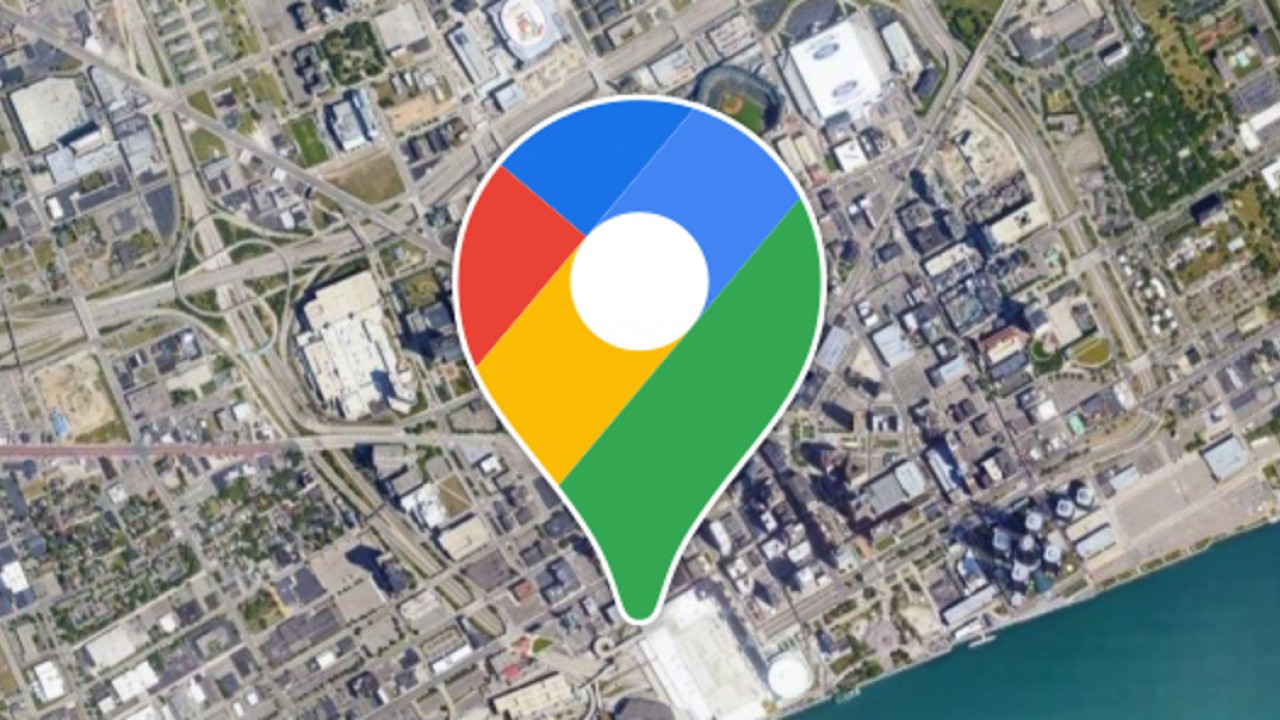Google Maps introduces a crucial update for electric vehicles
As the electric car industry continues to expand, tech giants strive to keep pace with this growth.

Google Maps, in a move aiming to cater to the growing number of electric vehicle (EV) drivers, has demoted gas stations in the points of interest categories list for EV owners using Android Auto. Google confirmed this change, revealing that since 2022, EV drivers have been able to prioritize charging stations over gas stations when navigating. Furthermore, vehicles equipped with Google's built-in software have enjoyed this feature since 2020.
Pearl Xu, a spokesperson for Google, emphasized the tech giant's commitment to enhancing the EV driving experience. Google Maps now offers real-time charging port availability for users, enabling them to check the current availability of charging ports at nearby stations. This feature aims to reduce wait times at popular charging spots. Additionally, drivers can filter their search based on charging speed. The 'very fast' charging filter displays stations with charging speeds of 150 kilowatts or higher, allowing many vehicles to recharge sufficiently in under 40 minutes. There's also the "fast" filter, highlighting stations with chargers of 50kW or above. Moreover, users can also filter based on their EV's plug type, ensuring compatibility. Google Maps also suggests the most suitable charging stops for longer trips by considering factors like current traffic, battery charge level, and expected energy consumption. Another noteworthy feature is the inclusion of charging stations in search results. If someone is planning a trip to a supermarket, for instance, Google Maps will indicate if the chosen destination offers EV charging facilities.
While EV drivers have had the option to prioritize charging stations over gas stations for a while, the feature seems more noticeable now. This can be attributed to the increasing number of EVs on the roads, some of which, like the Polestar 2, Volvo XC40 Recharge, Cadillac Lyriq, and the upcoming Acura ZDX, come with Google's built-in software. However, it's worth noting that many EVs don't run on Google's native software. Instead, they rely on phone-to-car projection systems like Android Auto and CarPlay. For these users, finding a charging station easily and quickly remains crucial.
 Samsung now focuses on foldable tablets and computersMobile
Samsung now focuses on foldable tablets and computersMobile






